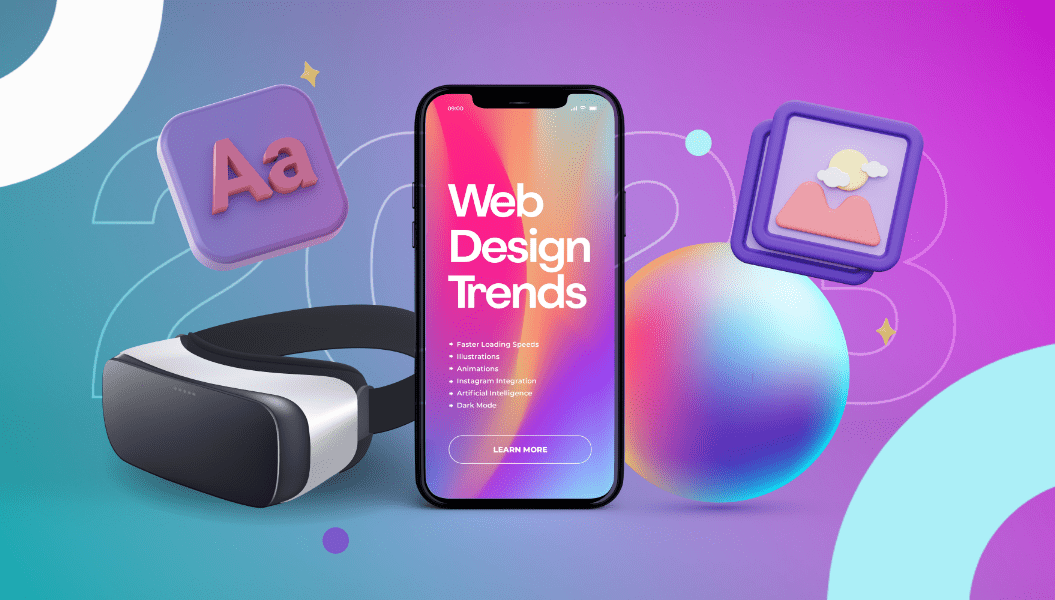Mobile Optimization
Mobile optimization is a critical aspect of web design aimed at creating a seamless and user-friendly experience for visitors accessing websites from mobile devices such as smartphones and tablets. With the increasing prevalence of mobile browsing, it is essential for websites to adapt and perform well on smaller screens, touch interfaces, and varying network conditions. Mobile optimization ensures that users can access and interact with the website effortlessly, regardless of the device they use.
Why Mobile Optimization Matters
- Growing Mobile Usage: Mobile devices have become the primary means of accessing the internet for many users. Mobile optimization is necessary to cater to this growing segment of users and provide them with a positive experience.
- User Experience: Mobile-optimized websites offer improved user experiences, faster load times, and easier navigation. A smooth mobile experience can positively impact user engagement and encourage repeat visits.
- SEO Benefits: Search engines, like Google, prioritize mobile-friendly websites in their search results. Mobile optimization is crucial for maintaining and improving search engine rankings, leading to increased organic traffic.
- Reduced Bounce Rates: Websites that are not mobile-friendly often have higher bounce rates, as users quickly leave if the site is difficult to use on their mobile devices. Mobile optimization helps retain visitors and keeps them engaged.
- Competitive Advantage: A mobile-optimized website sets your business apart from competitors that might not have optimized their sites for mobile users. It enhances your brand image and credibility.
Mobile Optimization Best Practices
To ensure effective mobile optimization, consider implementing the following best practices:
- Responsive Design: Use responsive design techniques to create a website that automatically adapts its layout and content based on the user’s device screen size. This ensures a consistent and visually appealing experience across all devices.
- Mobile-friendly Navigation: Simplify navigation for mobile users by using clear, easy-to-tap buttons and menus. Avoid complex dropdowns or hover-based interactions that may not work well on touchscreens.
- Fast Load Times: Optimize images, minimize server requests, and use caching to reduce page load times. Mobile users often have slower internet connections, and fast load times are crucial for retaining their attention.
- Readable Typography: Choose legible fonts and font sizes that are easily readable on smaller screens. Avoid using small text or excessive font styles that could hinder readability.
- Touch-friendly Interactions: Ensure that all interactive elements, such as buttons and links, are designed with sufficient spacing to prevent accidental taps. Make sure users can interact with the website comfortably using their fingers.
- Optimized Media: Compress images and videos to reduce their file sizes without compromising quality. Use modern video formats and consider alternatives like HTML5 instead of Flash, which may not be supported on some devices.
- Mobile Forms: Simplify and streamline forms for mobile users. Minimize the number of required fields and use input masks to help users enter information correctly.
- Test Across Devices: Conduct thorough testing across various mobile devices and operating systems to ensure a consistent experience for all users.
Embracing Mobile Optimization
Incorporating mobile optimization practices is no longer an option but a necessity in today’s digital landscape. By prioritizing mobile-friendly design, businesses can reach a broader audience, improve user satisfaction, and stay competitive in an increasingly mobile-centric world. A mobile-optimized website sets the foundation for success in attracting and retaining visitors on their mobile journey.









